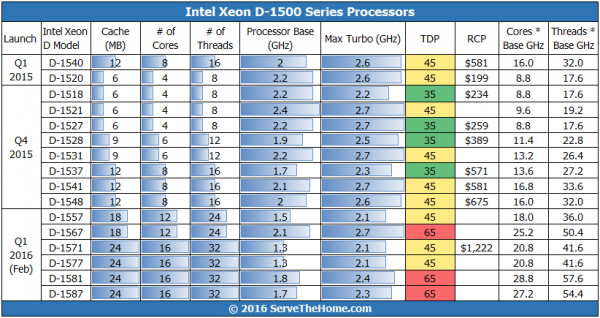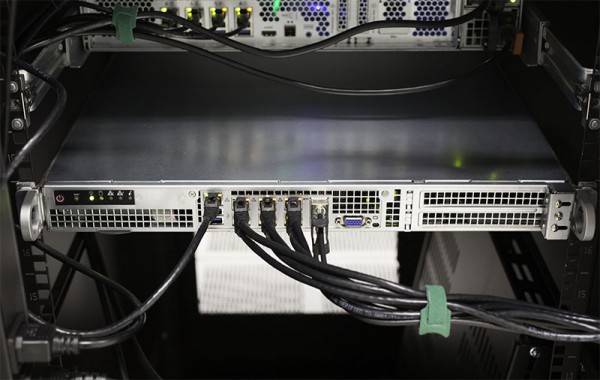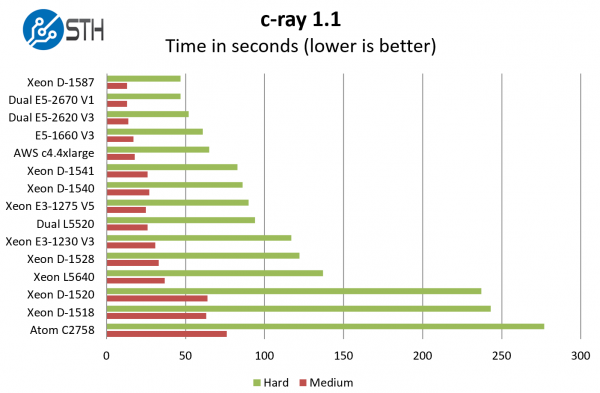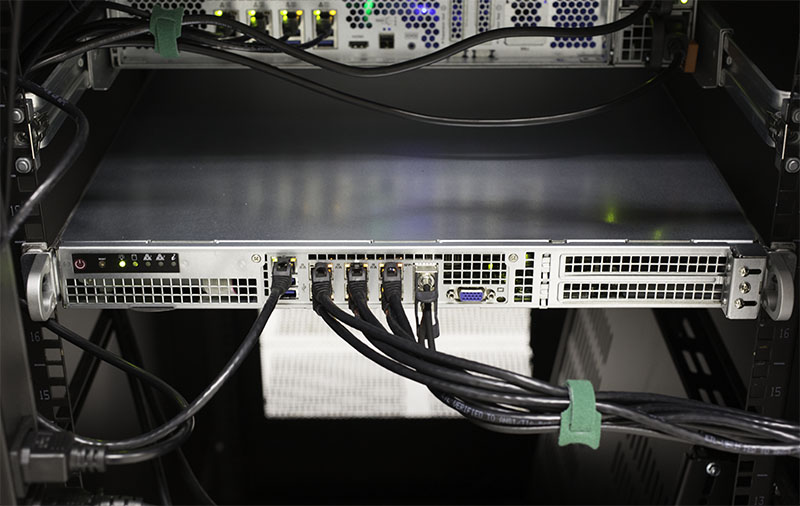Recently Intel, very quietly, launched new 12 core/ 24 thread and 16 core/ 32 thread Intel Xeon D models. We first published the news that these would be coming in November 2015 and have been eagerly awaiting their arrival since then. Recently we got our first systems with the new parts and after a few quick benchmarks, we knew we had something special on our hands. We also have reason to believe we may see additional Xeon D SKUs in 2016 but what we have is finally an expansion into higher core counts.
Introducing the new Intel Xeon D SKUs
One item of note, the new SKUs launched today are all rated for DDR4-2400 operation up from DDR4-2133. That gives them the highest memory clocks of any current Intel Xeon CPU. This is in addition to the fact that the chips are one microarchitecture generation ahead of the Xeon E5 V3 series (the current E5 generation at the time this article is published.) Here is a quick run-down of the new SKUs in our handy chart format. Please do note, we are awaiting official spec sheets on some of these so we will update it as we get better information:

What one will see, very quickly, is that the new SKUs generally offer slightly lower clock speeds to maintain a 45w TDP. Maintaining this figure while adding 50% to 100% more cores and cache is no small feat and it makes sense that clock speeds suffer. We also see the TDP figures rise to 65w in order to accommodate more cores and higher clock speeds.
We introduced the Core * Base GHz and Tread * Base GHz figures just to show how much of an improvement this is. The new chips represent double the cores but up to about 62% more clock cycles in aggregate over what we had as the previous fastest chip, the Intel Xeon D-1541. We also now, in the same TDP figure, have 23% more raw compute.
We got the go-ahead from Intel to publish our launch piece and will update the above with finalized figures once the official Intel docs are published. Expect there may be some editing of the SKU details as we get official documents.
First Intel Xeon D-1587 Benchmarks
We will be publishing our first piece shortly with full benchmarks, system reviews and other content we have had queued for this launch. The Intel Xeon D-1587 is our new favorite low power server chip, by a large margin. For those ready to salivate, here is a test system we have in the Sunnyvale, California data center. With a Supermicro X10SDV-7TP8F onboard, this platform is an absolute low power monster.

With this, we were able to benchmark the chips and will give a teaser result:

Update: One can find our full set of Intel Xeon D-1587 benchmarks here.
Here are the implications of this chart if you have a multi-threaded workload:
- The Intel Xeon E5-2670 V1 has a TDP of 115W and two have a combined 230W TDP, not including the PCH and a dual 10GbE MAC that the Xeon D has. There is certainly more to this picture as you will see in our full benchmarks but the general theme is that if you can take advantage of the cores, you can use 1/4 the power of Sandy Bridge-EP
- If you are using a compute optimized AWS c4.4xlarge instance: you will be able to purchase the Intel Xeon D-1587 system for about the same price as the “Partial Upfront” up front AWS fee, then colocate the box saving over $1500/ year per instance while getting better performance. We do have the Xeon D-1587 installed in the datacenter so we can confirm this from a power perspective
- The low-end of the Intel Xeon E5 V3 range is now in danger. With dual socket systems there is a higher motherboard manufacturing cost. The Intel Xeon D design moves the PCH and 10GbE MAC onto the package so building a low-end dual E5 V3 system will only make sense if you need higher clock speeds or more than 128GB of RAM. That is a relatively small portion of the market (e.g. 5-10%) but given how quietly these were launched, the threat is present. We do expect pricing to reflect the desire to protect the Xeon E5 line.
- If you were excited about the AMD Opteron A1100, that excitement should have just waned to a significant degree. We wrote about this in our AMD Opteron A1100 release editorial, but there is a clear reason we are seeing such low interest in the Opteron A1100 series
- The rest of the ARM world now has a much higher hurdle to clear. Intel just added a lot more CPU in the 45W TDP, added more clock speed in a 65W TDP and pushed power lower with some of the 35W TDP parts we have tested recently.
- 128GB is now starting to become a limitation. With 16 cores that is only 8GB/ core.
We have several others that we will have in our future content but this Xeon D-1587 platform was as much of a revolutionary platform as we had seen when the original Intel Xeon D-1540 launched. Stay tuned for more next week as we show off some amazing capabilities of the new Xeon D chips and platforms.





I never thought I would post a comment like this, but I have to do it.
Your font on site is barely readable. The letter “o” (the first in Oakland) looks the same as “a” (the first in Arizona). I simply cannot read it.
Hi Patrick,
I suppose the 1587 has active cooling?
Best regards,
Dirk Adamsky
Seems to depend on the board, if you take a look, the second one from the bottom has a passive heatsink http://www.supermicro.com/products/nfo/Xeon-D.cfm
http://www.supermicro.com/products/motherboard/Xeon/D/X10SDV-16C-TLN4F.cfm
Question: what happens if you pop in 4 of Samsung’s shiny new 128GB RDIMMs? That should solve the memory limitations quite nicely, though now bandwidth limitations may start coming into play.
Hi Dirk,
It does depend on the board, but you do need cooling. So even with a passive heatsink, you need chassis fans to cool the heatsink.
Regards,
Patrick
Officially these support only 128GB (4x 32GB). We do not have any of the 128GB RDIMMs to check but that is officially an unsupported configuration.
Barring limitations in the controller, it should support the bigger DIMMs (much like how the E5 and E7s support 64GB LRDIMMs now after some validation…), hence the question… Would be a very interesting option if they could go that high…